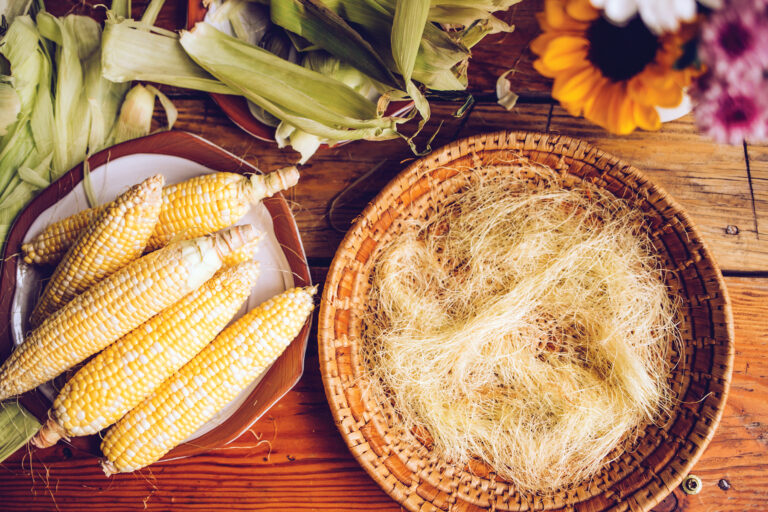Corn silk—the glossy, thread-like strands found atop an ear of corn—has been utilized in traditional medicine for centuries. Rich in proteins, carbohydrates, vitamins, minerals, and fiber, corn silk is believed to offer various health benefits. While scientific research is ongoing, some studies suggest that corn silk may:
-
Act as a Diuretic: Corn silk may promote increased urine production, aiding in the elimination of excess fluids from the body.
-
Support Urinary Tract Health: Its diuretic properties may help flush out toxins, potentially reducing the risk of urinary tract infections and kidney stones.
-
Regulate Blood Sugar Levels: Some research suggests that corn silk may help manage blood sugar levels, making it a potential aid for individuals with diabetes.
-
Reduce Blood Pressure: Corn silk may contribute to lowering blood pressure, possibly due to its diuretic effects.
-
Possess Anti-Inflammatory Properties: Rich in antioxidants, corn silk may help reduce inflammation and protect against oxidative stress.
How to Use Corn Silk:
-
Corn Silk Tea: Boil fresh or dried corn silk in water for 10–15 minutes. Strain and enjoy as a mild, soothing tea.
-
Corn Silk Tincture: Steep corn silk in alcohol for several weeks to create a concentrated extract.
-
Culinary Uses: Incorporate corn silk into soups, broths, or sauces for added flavor and potential health benefits.
Precautions:
While corn silk is generally considered safe when consumed in amounts typically found in food, it’s important to consult with a healthcare provider before using it as a supplement, especially if you are pregnant, breastfeeding, or taking medications.
